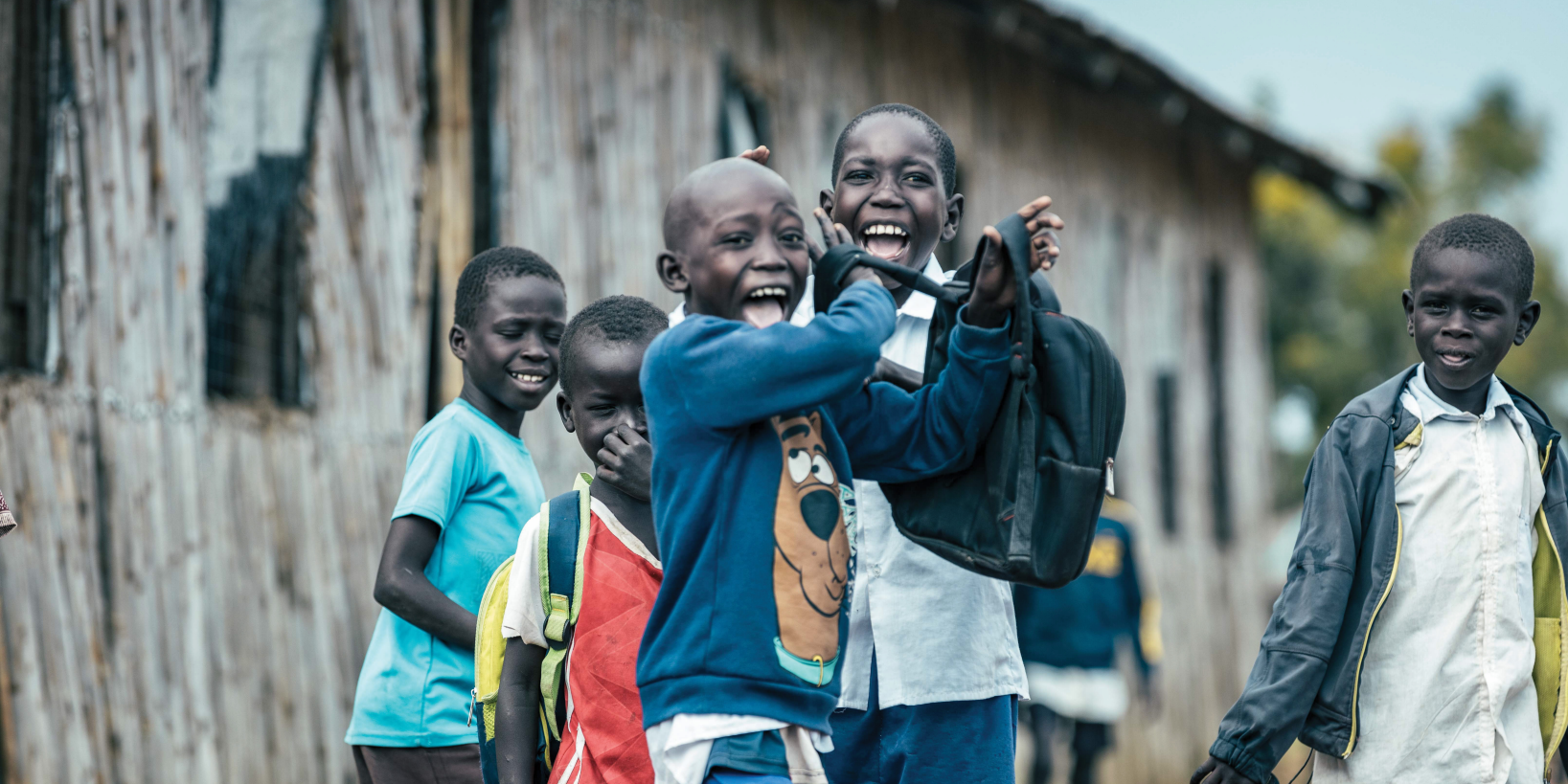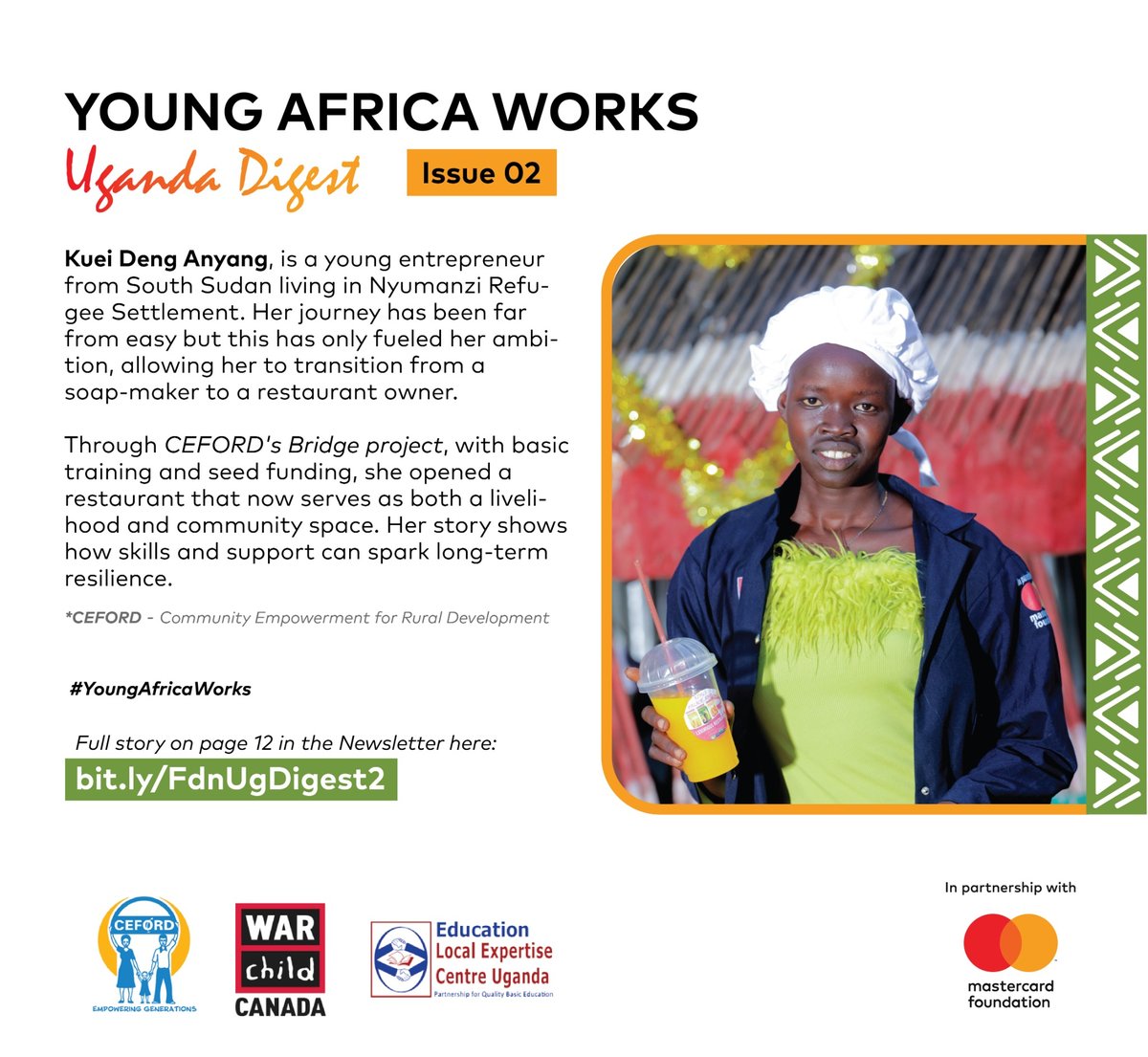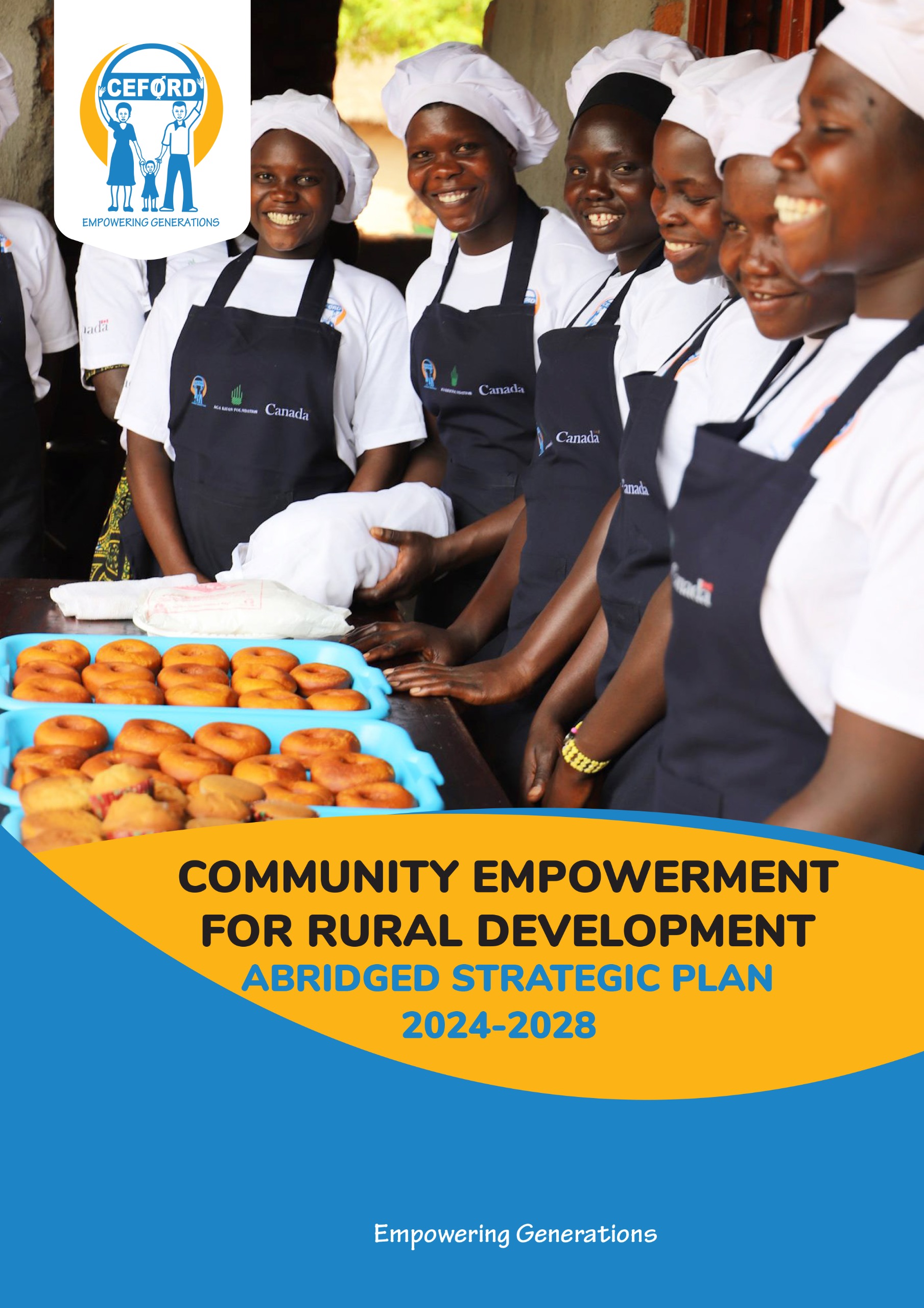
We can all agree that the Growing number of refugees and internally displaced people (IDPs)Globally from protracted crisis situations is highlighting the need for durable solutions to long-term displacement situations. Instead of waiting forever to return home, more than ever, young boys and girls must have access to quality education and hope for a better future. In Uganda as of today, there are 1,702,278 refugees and asylum seekers and Children constitute 57% of the refugee population, with 40% of them under 12 years of age while the West Nile region is hosting 51.4% of the refugees. The programmes being implemented by MoES, private sector actors, development agencies and NGOs are making headway towards improving education for both refugees and host communities.
CEFORD the organization I work for has had the opportunity to contribute to these efforts through the recently concluded ECHO-funded project titled Equitable Access to Quality and Transformational Education (EQUATE) funded by ECHO (European Union Humanitarian Aid Operations) implemented by a consortium led by World Vision in partnership with Windle International Uganda, the Rural Initiative for Community Empowerment – RICE WestNile, and Community Empowerment for Rural Development – CEFORD. The project targeted 72,433 children, in the Rhino Camp, Imvepi, and Palabek refugee settlements.
According to a comprehensive end-line survey conducted to assess the project’s impact on various aspects of education, including literacy and numeracy ratios , inclusion of children with disabilities, enrolment rates, teacher-pupil ratios, and infrastructure such as classroom and desk availability, water and sanitation facilities, and child protection measures, the Key Findings and Achievements indicate; A 20% increase in primary school enrolment and 10% increase in secondary school enrolment from Term 2 of the 2022 academic year to Term 1 of 2024. The Accelerated Education Program (AEP) also showed remarkable progress, with 49% increase in enrolment. The project’s impact on literacy and numeracy was positive, with 57% of students demonstrating strong proficiency in subtraction and 47% showing comprehensive reading skills at the “Comprehension” level.
However, the survey highlighted challenges, particularly concerning efficiency ratios. The teacher-pupil ratios were high, with ratios of 1:100 in Rhino, 1:98 in Imvepi, and 1:73 in Palabek, compared to the standard of 1:53. This overcrowding can hinder effective learning. The project also faced issues with desk-pupil and classroom-pupil ratios, leading to limited space and congestion.
Despite these challenges, we made significant progress in meeting the Inter-agency Network for Education in Emergencies (INEE) standards, with 93% of schools rated as Excellent/Exceeds Expectations or Good/Achieved. We prioritized child protection and inclusion, with 93% of schools having fully functional child protection systems. CEFORD played a central role in delivering these outcomes. The project also focused on including children with disabilities, enrolling 3,843 special needs learners, including 222 breastfeeding mothers and 30 pregnant girls.
A Call to Action For All
It is crucial to improve teacher-pupil ratios and increase classroom and desk availability to create a conducive learning environment. We must continue supporting children with disabilities, ensuring that the 3,843 or more special needs learners currently enrolled receive the necessary resources and support.
We call for Targeted interventions to improve literacy and numeracy, enhance infrastructure, and promote inclusivity. We must Strengthen early literacy programs, provide professional development for teachers, and offer individualized support for children with disabilities. Improving water and sanitation facilities and addressing teacher shortages should be considered vital.
During the Education in Emergencies Summit held on September 13, 2023, organized by the project in Arua City, the state minister for Primary Education Dr. Joyce Moriku Kaducu emphasized the importance of promoting Education in Emergencies (EiE) and creating platforms for sharing knowledge and experiences. She highlighted the significance of the conference in fostering a collaborative environment and urged education stakeholders to commit to advancing education reforms. She stressed the need for increased will and concerted action from all education stakeholders to ensure that all children, regardless of their circumstances, have access to learning opportunities.

As I conclude, they say “one by one makes a bundle ‘literally meaning we don’t have to accomplish BIG goals all at one time, but rather can build up one step at a time. The education sector in the West Nile region calls for concerted efforts to make an impact and realize transformative change. The EQUATE Project Consortium delivered her bundle and we can only hope the other line stakeholders drop theirs too. Conflict-affected children deserve Quality education and a more equitable future.
Author: Patrick Akuku works as a Child Protection Officer at CEFORD




